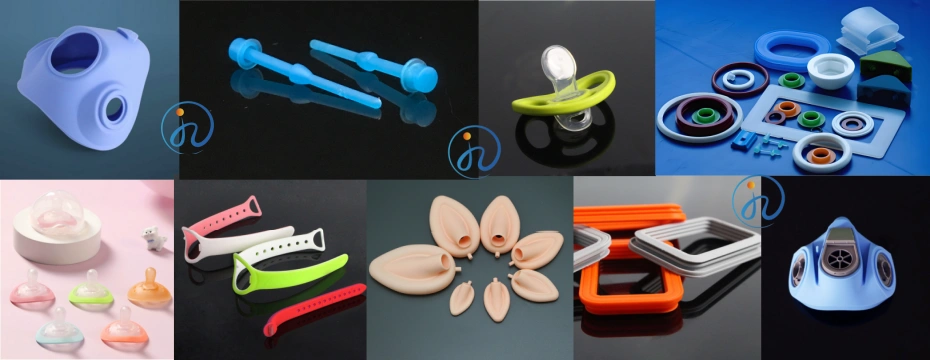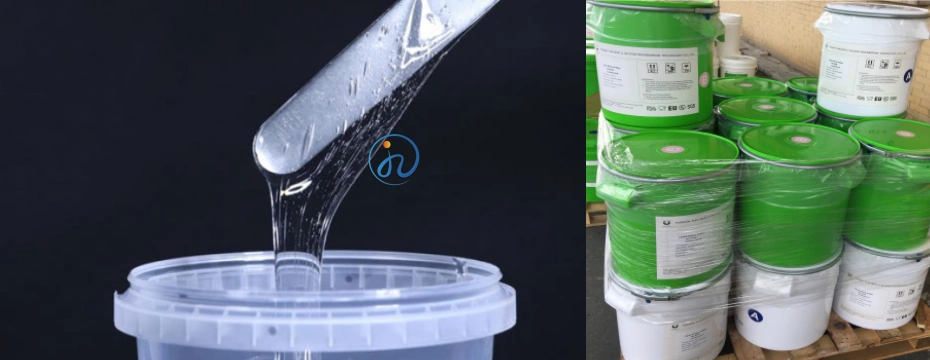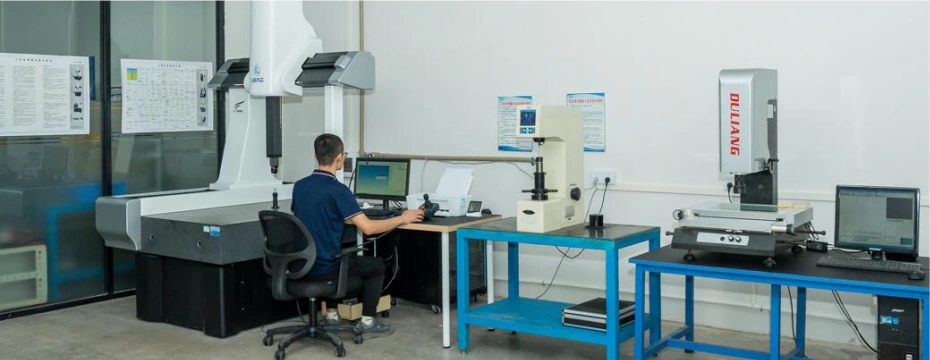Table of Contents
ToggleIntroduction to Liquid Silicone Coloring
Liquid silicone rubber (LSR) has become increasingly popular across various industries due to its exceptional durability, thermal stability, and flexibility. Unlike solid silicone products, liquid silicone products begin in a viscous form that cures into solid rubber, presenting unique opportunities for color customization. The ability to change and customize colors in liquid silicone products opens up tremendous possibilities for brand identification, product differentiation, and aesthetic enhancement.

The coloring process for liquid silicone differs significantly from coloring finished silicone products. While finished silicone items typically require surface treatments like painting or dyeing, liquid silicone allows for integral coloring where the color becomes an inherent part of the material itself. This fundamental difference means the coloring process occurs during manufacturing rather than as a post-production treatment.
Understanding Liquid Silicone Properties
Key Characteristics Affecting Color Results
Liquid silicone possesses several inherent properties that directly impact coloring outcomes. Its transparent to milky white natural color provides an excellent base for achieving vibrant hues. The material’s excellent thermal stability allows it to withstand coloring processes without degrading, while its chemical inertness ensures compatibility with various pigments without causing adverse reactions.
The viscosity of liquid silicone plays a crucial role in color distribution. Typical LSR has a viscosity ranging from 500 to 10,000 centipoise, which affects how evenly pigments disperse throughout the material. Understanding your specific LSR’s viscosity is essential for achieving consistent, uniform coloring without streaks or uneven coloration.
Why Traditional Coloring Methods Fail
Many conventional coloring approaches used for other materials prove ineffective with liquid silicone products. Standard fabric dyes lack the necessary chemical compatibility, while most paints create only a surface coating that compromises silicone’s flexible nature. The success of liquid silicone coloring lies in using integrated coloring methods where pigments become molecularly dispersed within the silicone matrix itself.
Professional Coloring Methods for Liquid Silicone
Method 1: Integral Pigment Mixing
Choosing the Right Pigments
The foundation of successful liquid silicone coloring begins with selecting appropriate pigments. Silicone-specific pigments must meet several critical criteria: they must be heat-stable to withstand curing temperatures (typically 150-200°C), chemically compatible with silicone chemistry, and finely ground to ensure smooth dispersion.

The most effective pigment types for liquid silicone include:
- Silicone-based color concentrates: Pre-dispersed pigments in a silicone carrier
- Thermally-stable inorganic pigments: Iron oxides, titanium dioxide, ultramarines
- High-performance organic pigments: Phthalocyanines, quinacridones
- Pearlescent and effect pigments: Mica-based pigments for special effects
Mixing Technique and Proportion
Achieving consistent color requires precise mixing methodologies. The general pigment concentration ranges from 0.1% to 5.0% by weight, depending on the desired opacity and color intensity. Transparent colors typically use 0.1-1.0% pigment, while opaque colors require 1.0-5.0%.
The mixing process should follow this sequence:
- Start with pure liquid silicone base
- Add pigments gradually while mixing
- Use mechanical mixers for even distribution
- Mix for sufficient time to break up pigment agglomerates
- Degas to remove air bubbles introduced during mixing
Step-by-Step Coloring Process
Preparation Phase
Successful coloring begins with thorough preparation. Start by ensuring your workspace is clean and organized, with all necessary materials within reach. You’ll need:
- Liquid silicone base (Part A and B if two-component system)
- Selected pigments or color masterbatch
- Precision scale (accuracy ±0.01g)
- Mixing containers
- Mechanical mixer or dual centrifugal mixer
- Degassing chamber (optional but recommended)
Mixing and Dispersion
The mixing process follows these critical steps:
- Weigh Components: Accurately measure the liquid silicone base and required pigment quantity
- Initial Incorporation: Manually mix pigment with a small amount of silicone to create a paste
- Main Mixing: Combine the color paste with the remaining silicone and mix mechanically
- Dispersion Optimization: Mix until achieving homogeneous color distribution without streaks
- Degassing: Remove entrapped air bubbles under vacuum (approximately 5-10 minutes at 25-28 inHg)
Curing and Post-Processing
The curing process can affect final color appearance. Monitor these parameters:
- Temperature consistency: Maintain ±5°C of target curing temperature
- Cure time: Follow manufacturer specifications exactly
- Post-curing: Some colors may require additional thermal treatment for optimal development
Advanced Coloring Techniques
Gradient and Multi-Color Effects
Creating gradient or multi-color effects in liquid silicone products requires specialized techniques. The most effective methods include:
- Layered pouring: Sequential pouring of different colors with partial curing between layers
- Injection molding techniques: Using multi-channel injection systems
- Hand-marbling: Manual creation of swirl patterns before curing
Transparency and Optical Effects
The inherent transparency of liquid silicone enables unique optical effects. To maximize transparency in colored parts:
- Use transparent pigments at lower concentrations (0.1-0.5%)
- Ensure complete pigment dispersion
- Optimize curing conditions to prevent haze formation
For opaque colors, combine titanium dioxide with color pigments to achieve the desired hiding power.
Troubleshooting Common Coloring Issues
Problem: Uneven Color Distribution
Solution: Increase mixing time, use more efficient mixing equipment, or pre-disperse pigments in plasticizer before incorporation.
Problem: Color Changes During Curing
Solution: Verify pigment thermal stability, adjust curing temperature, or switch to more heat-resistant pigments.
Problem: Reduced Physical Properties
Solution: Reduce pigment loading percentage, change pigment type, or adjust base silicone formulation.
Problem: Air Bubbles in Finished Product
Solution: Extend degassing time, adjust vacuum levels, or incorporate flow modifiers to aid air release.
Industry Applications and Best Practices
Medical Grade Liquid Silicone
Medical applications require specific considerations:
- Use only approved pigments meeting USP Class VI or ISO 10993 standards
- Maintain detailed batch records for traceability
- Implement strict quality control protocols
Food Contact Applications
For silicone products contacting food:
- Select pigments compliant with FDA 21 CFR 178.3297
- Avoid heavy metal-based pigments
- Conduct extraction testing if required
Automotive and Electronics
High-performance applications demand:
- Enhanced UV stability through specialized pigments
- Consistent color matching across production runs
- Resistance to fluids and environmental exposure
Quality Control and Testing

Color Consistency Verification
Implement these quality control measures:
- Visual inspection under standardized lighting conditions
- Spectrophotometer measurements (L*a*b* values)
- Batch-to-batch comparison using statistical process control
- Accelerated aging tests to ensure color fastness
Performance Testing
Verify that coloring doesn’t compromise material properties:
- Hardness testing
- Tensile strength and elongation
- Tear resistance
- Thermal stability
Conclusion: Mastering Liquid Silicone Coloring
Changing the color of liquid silicone products represents both a science and an art. By understanding the material properties, selecting appropriate coloring methods, and implementing precise processing techniques, manufacturers can achieve virtually any color effect while maintaining the superior properties that make liquid silicone valuable.

The key to success lies in recognizing that liquid silicone coloring is an integral part of the manufacturing process rather than a surface treatment. This approach ensures colors that remain vibrant throughout the product’s lifespan, resisting fading, chipping, or peeling.
As technology advances, new coloring possibilities continue to emerge, including thermochromic, photochromic, and special effect pigments that open new creative avenues for product designers and manufacturers. By mastering the fundamentals covered in this guide, you’ll be well-equipped to explore these exciting new frontiers in liquid silicone product coloration.